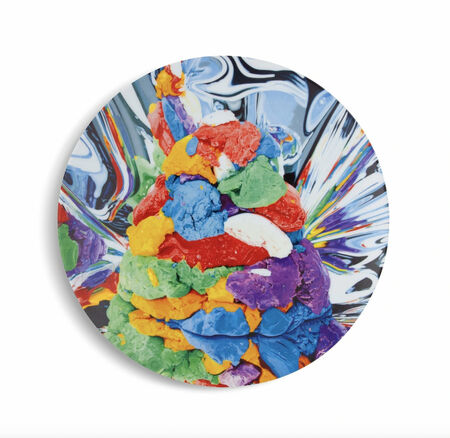
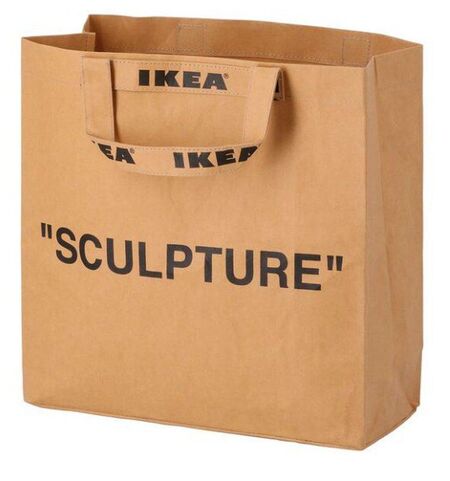
The vast majority of these objects fall into the category of fine art collectibles and are often items related to lifestyle or home decor. For example, Kara Walker made a limited number of ceramic sculptures that were functionable pitchers in 2014, and this category also includes small sculptures and toys, skateboards, plates, planters, clothing, prints, and more. Artists like Barbara Kruger, Tomokazu Matsuyama, and Takashi Murakami are just a few of the artists currently creating works like these, moving beyond more traditional art objects like paintings or large-scale sculptures.
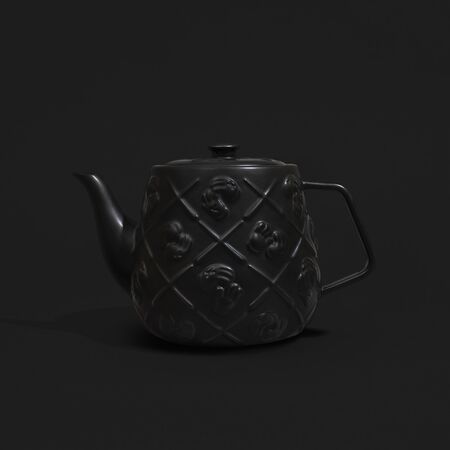
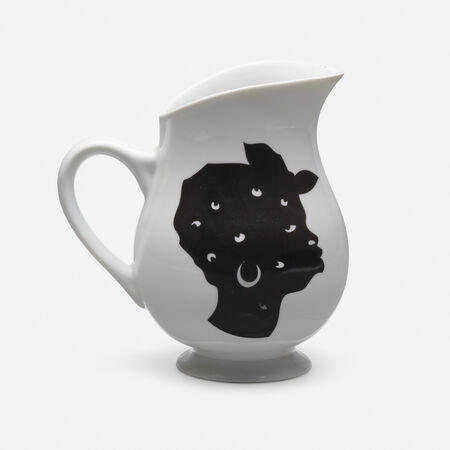
The worthwhile art that is available at the museum gift shop can be easy to miss, so understanding the small details that set a Yayoi Kusama pumpkin apart from a mere paperweight are key for anyone wanting to start collecting fine art “merch.” Artsy spoke with Adam Baldwin, director of Baldwin Projects, and Amy Vardijan, co-founder and director of Lucky Cat Gallery—both of whom specialize in acquiring and selling fine art collectibles—to better assess how collectors can shop the museum gift shop with a more discerning eye.

The porcelain sculptures–slash–plates proved a useful way for novice collectors to acquire work from a blue-chip artist like Koons without shelling out the hundreds of thousands—or even millions—of dollars that his work can sell for on the secondary market. Similarly, Kusama’s ceramic polka-dot pumpkins are an accessible way for collectors to have access to an iconic work by Kusama. Collecting work like this might even prime you to take the plunge to buy other works from the artist, like her mirror balls from Narcissus Garden (1966–2018), which similarly exist in the hybrid space between fine art and collectible.
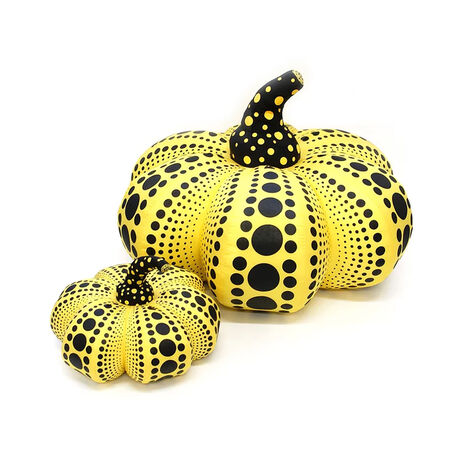
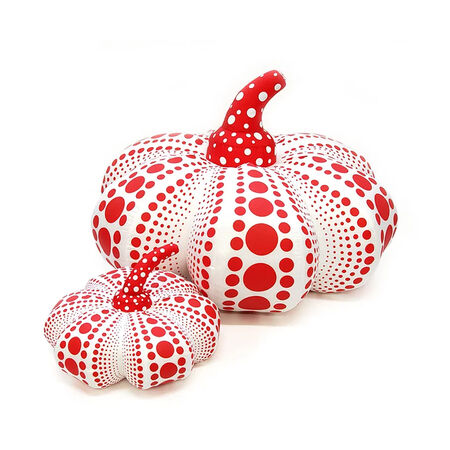
Vardijan further added that the location where a work of art is purchased—be that a gift shop or gallery—should not matter as artists stand behind all the work they do. She explained that “artists take great pride in all work they release to the world, whether it be expensive or not, 1 of 1 or 1 of 1,000. It all stems from the same message and mission.”
How to know what’s art and what is simply a souvenir
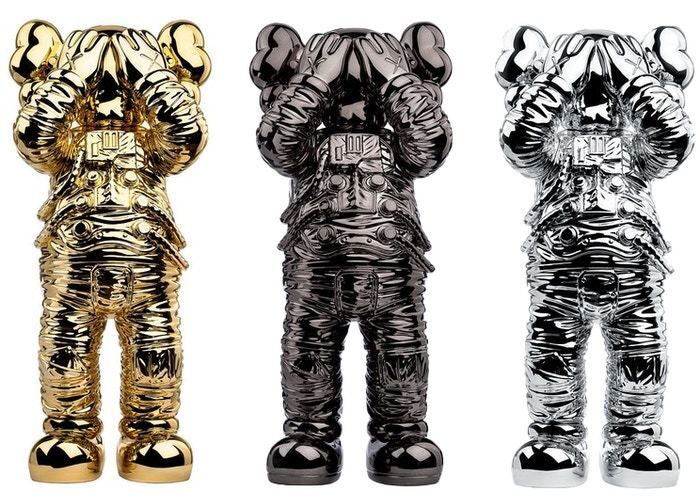
There are some telltale signs to help collectors distinguish when a cigar is simply a cigar and not a prized work by KAWS. “If you’re looking for collectibles in the gift shop that hold their value, or even increase in value over time, look for the collectibles that are signed by the artist, have an edition number and size, or a serial number,” Vardijan wrote.
To this end, Vardijan encourages collectors to also look at secondary markets, like auction results, to better understand how the market is valuing fine art “merch” or even the artist’s previous work before committing to a transaction. In particular, it helps if the artist has an ethos or practice making similar work—Koons, for example, is known for making accessible artworks that resemble everyday commercial goods—because the use of merch may be an established part of their artistic approach.
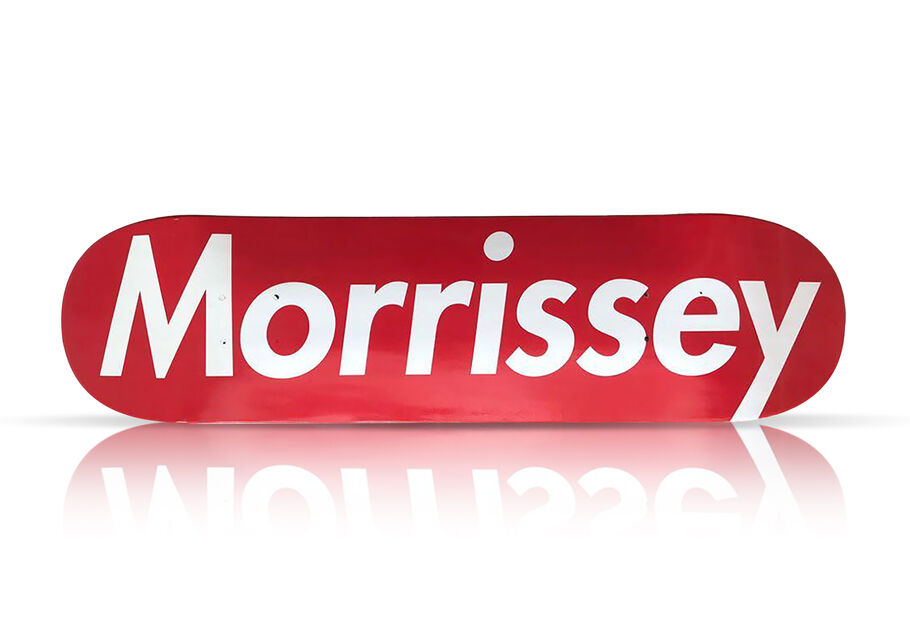
Another resource that Vardijan also emphasizes novice collectors to use is social media, as the hype that a particular limited-edition plate, pitcher, or skateboard deck receives online will set it apart from mere decor. “I’m always looking for any announcements on new releases, exhibitions, events, brand collaborations,” she wrote. “It’s a great way to see the reactions from fans and collectors as well through comments, shared posts, user-generated content, etc.”
Vardijan continued: “Platforms like Hypebeast and Complex also give insight into the artists that are transcending out of the bubble of the fine art world and into mainstream pop culture.” Baldwin summed up the sentiment: “As always, knowledge and understanding of what you are collecting is paramount.”
How to shop the secondary market
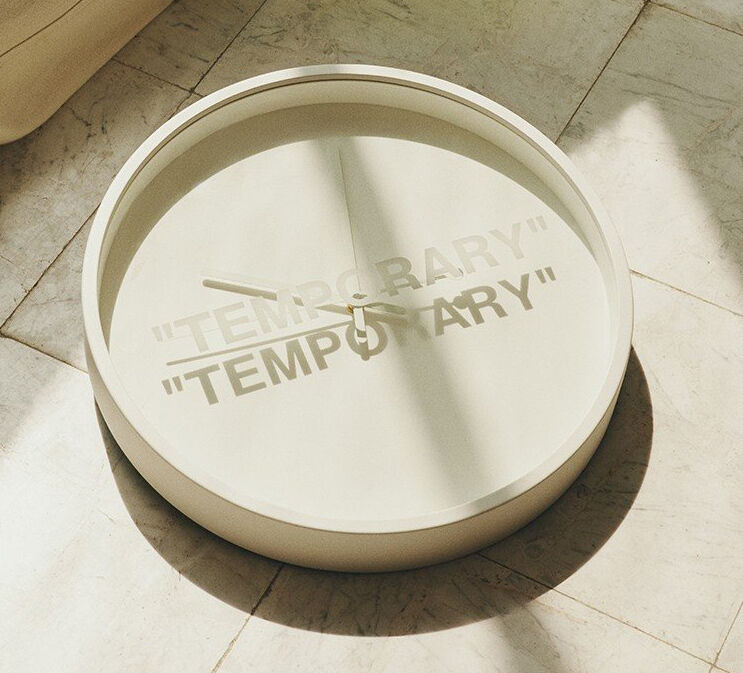
Of course, because of the time- and inventory-limited nature of gift shops, even if you follow the above channels, it is still possible to miss out on certain collectibles. In cases like this, following the secondary market and galleries who prioritize this kind of work is essential for collectors searching for pieces they missed the first time around.
When it comes to working with a gallery to find collectibles on the secondary market, collectors should look into the areas in which certain sellers specialize. For example, both Vardijan and Baldwin take pride in the way they curate their offerings, but each represents very different segments of the market:Vardijan follows contemporary hype-worthy collectibles, while Baldwin focuses on key prints, editions, and multiples by “what we consider to be ‘era-defining’ artists from the ’80s, ’90s and ’00s,” he said.
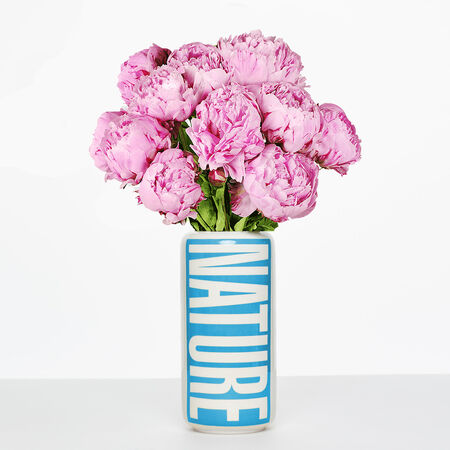
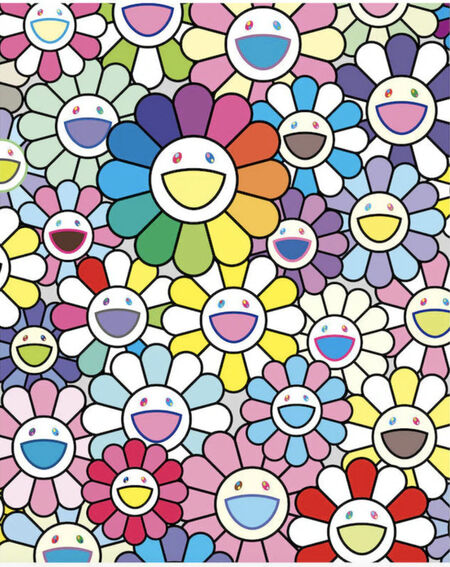
The gift shop can be a key site for collectors to buy in-demand works of art. However, as Baldwin and Vardijan emphasized throughout, understanding what the work is, rather than where the work is located or its low cost, should be the guiding factors to avoid buyer’s remorse. Ultimately, Baldwin urged collectors to follow and trust what they like.
“We think that a lot of this issue really comes down to the age-old question of ‘What is art?’” Baldwin wrote. “Everything comes of age eventually. As the great Andy Warhol once said, ‘Art is what you can get away with.’”


